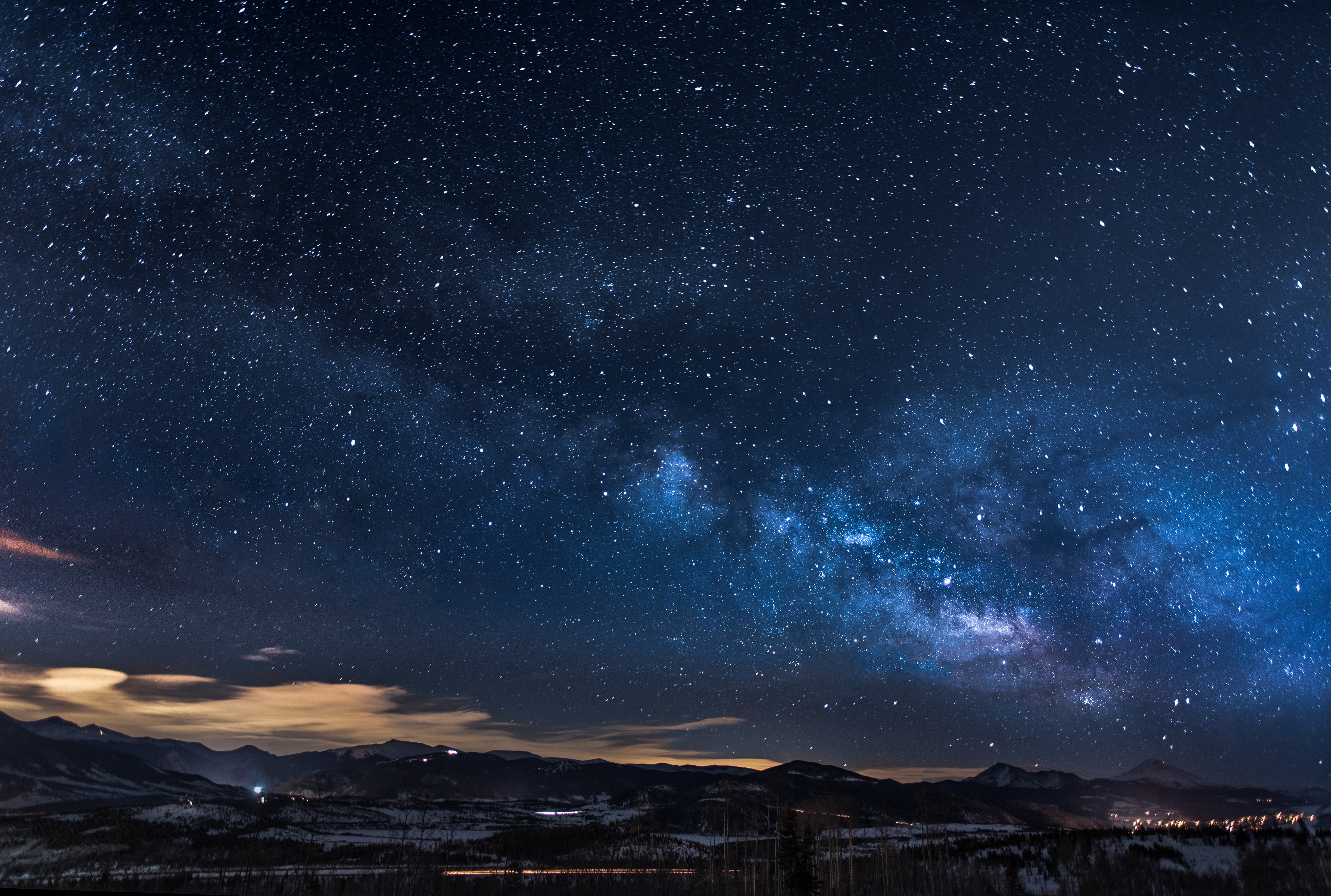Media release
From:
Astronomy: Dark skies at risk from light and space pollution
The impacts of artificial satellites and space debris on the night sky are explored in a collection of papers published in Nature Astronomy.
Low-Earth orbit satellites and the amount of space debris have been growing in recent years and are predicted to accelerate. This has led to concerns among the astronomical community about the potential impacts of light pollution as well as potential interference with ground- and space-based observatories.
In a Comment piece Fabio Falchi and colleagues suggest that light pollution from the ground and also from low-Earth orbit satellites is increasing. They indicate that there are now almost no remote places on Earth that meet the criteria (absence of light pollution, a high number of clear nights, and good seeing) to install an observatory owing to light pollution. They argue that the problems in combatting light pollution and space pollution are socio-political, not technological, and suggest that binding caps should be introduced to stop the escalation of artificial light at night and satellite constellations.
Miroslav Kocifaj and colleagues present a new method for simulating night sky brightness. The authors explain that the night sky is often modelled using an interpretation of light scattering called Mie theory. This method presents a simple physical picture of light scattering in the sky that makes for easy calculations. The authors found that this method may be too simplistic for real-world situations and could lead to an underestimation of the skyglow, particularly at low altitudes.
In a Perspective piece John Barentine and colleagues calculate the aggregate effects of increasing low-Earth orbit satellites and space debris, resulting in a potential rise in global night sky brightness. They suggest that this will lead to the loss of ground-based astronomical data as cosmic signals may get lost in the noise and could diminish opportunities for ground-based discovery and funded observation programs. They also discuss the impacts on cultural sky traditions worldwide, equity/inclusion, environmental degradation, and broader ecosystems reliant on dark skies.
Aparna Venkatesan writes in a World View about the increasingly congested nature of low-Earth orbits and highlights the negative impact this is having on astronomical observations and dark skies worldwide. She writes that “space is our shared heritage and ancestor — connecting us through science, storytelling, art, origin stories and cultural traditions — and it is now at risk.”



 Australia; International; QLD
Australia; International; QLD



